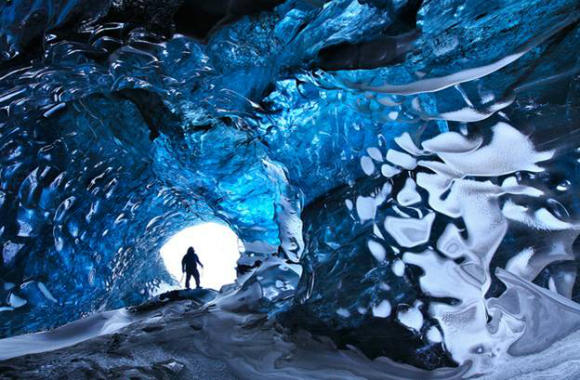These are all real locations,
that do seem unreal due to their morphology and geological structures involved,
as well as due to lighting conditions and some very skillfull photography.
Mount Grinnell – Glacier
National Park , Montana
Zhangye Danxia landform, China
These incredible landscapes
look as if they have been painted in the sweeping pastel brush strokes of an
impressionistic artwork. But in fact these remarkable pictures show the actual
scenery of Danxia Landform at Nantaizi village
of Nijiaying town, in Linzhe county of Zhangye ,
Gansu province of China
The Wave, Arizona
The Wave is a sandstone rock
formation located in the United States of America
near the Arizona and Utah
The Richat Structure – Mauritania
The Richat Structure, also
known as the Eye of the Sahara and Guelb er Richat, is a prominent circular
feature in the Sahara desert of west–central Mauritania
Grand Prismatic Spring – Yellowstone National Park , Wyoming
The Grand Prismatic Spring in
Yellowstone National
Park is the largest hot spring in the United States
The Stone Forest – Yunnan , China
These formations, caused by
the dissolution of limestone, are believed to be over 270 million years old and
are a tourist attraction for both overseas and domestic tourists. Geologists
say the Stone Forest
ust a quick glance and you
could be forgiven for thinking this striking image is a spectacular piece of
artwork. But take a minute to look a little closer and you will see it is in
fact a photograph - capturing the eerie camel thorn trees in Namibia 's Namib-Naukluft Park
This ice cave is on the edge
of the glacier where it enters into an lagoon near Svínafellsjökull. It is only
possible to access it when the lagoon is frozen. Ice caves are in general
unstable things and can collapse at any time. They are however much more stable
in winter when the cold temperatures harden the ice. Even so we could hear
constant cracking sounds inside the cave. It was not because it was going to
collapse but because the cave was moving along with the glacier itself. Each
time the glacier moved a millimeter loud sounds could be heard.











No comments:
Post a Comment
Note: Only a member of this blog may post a comment.